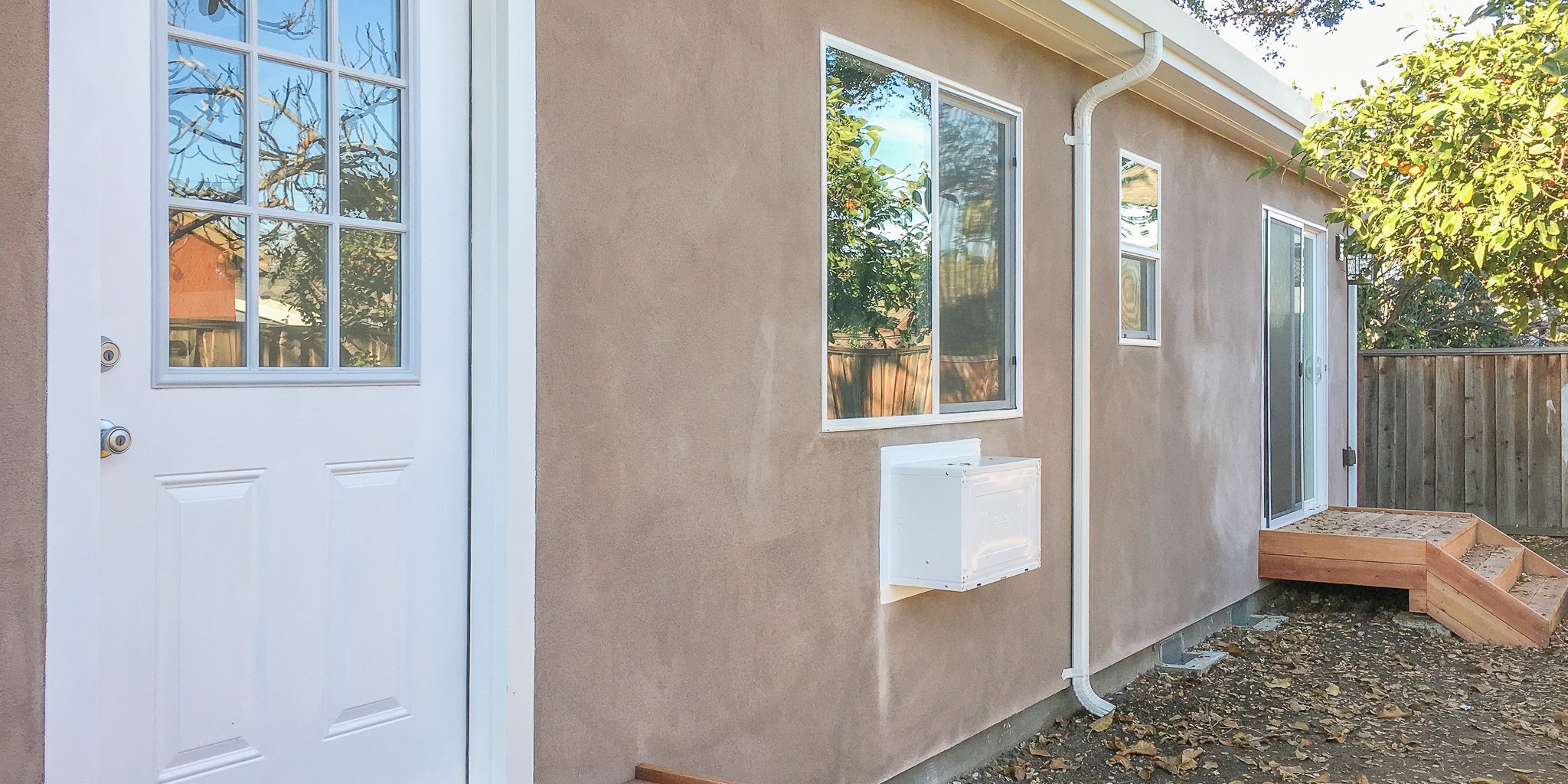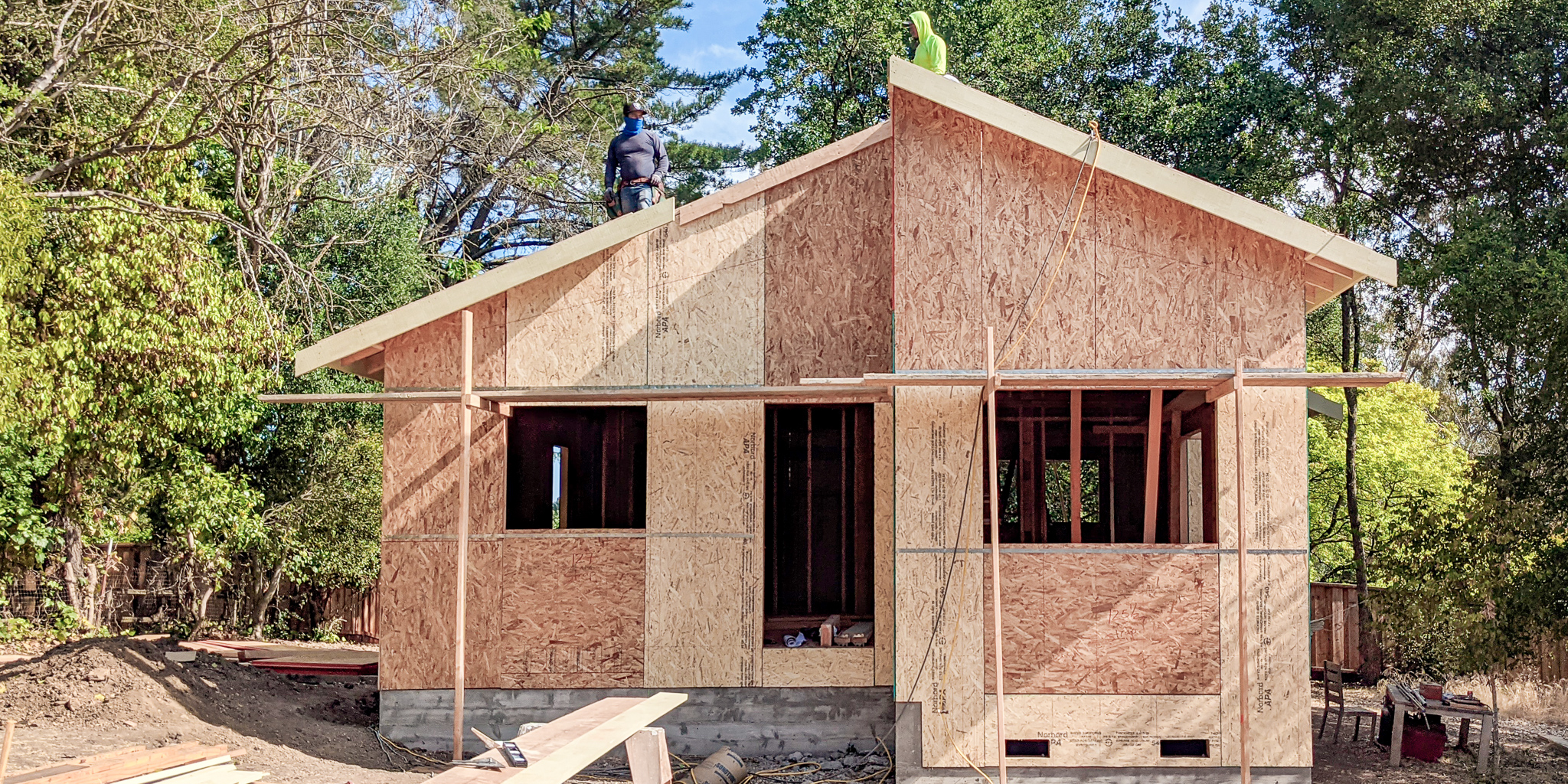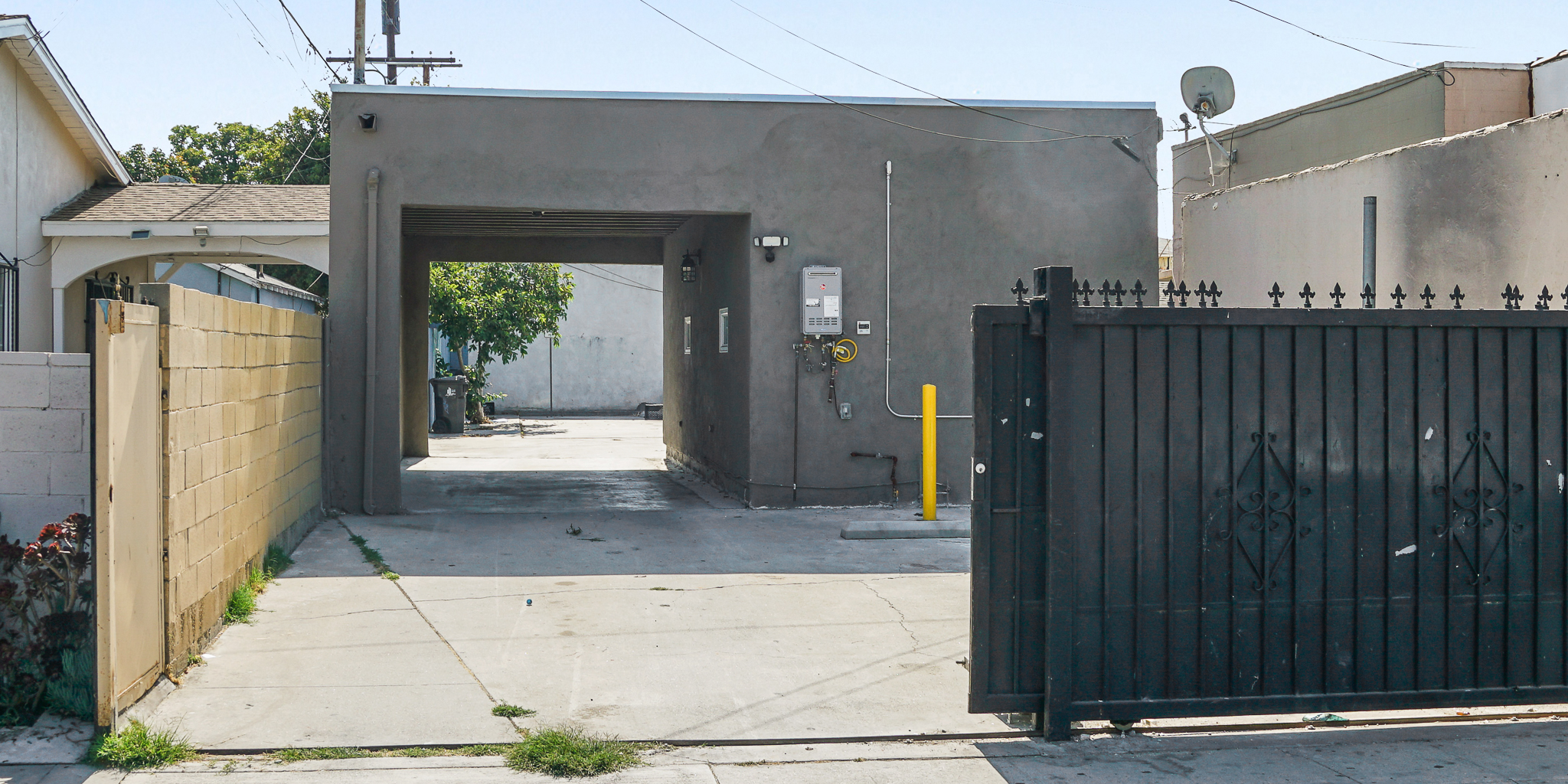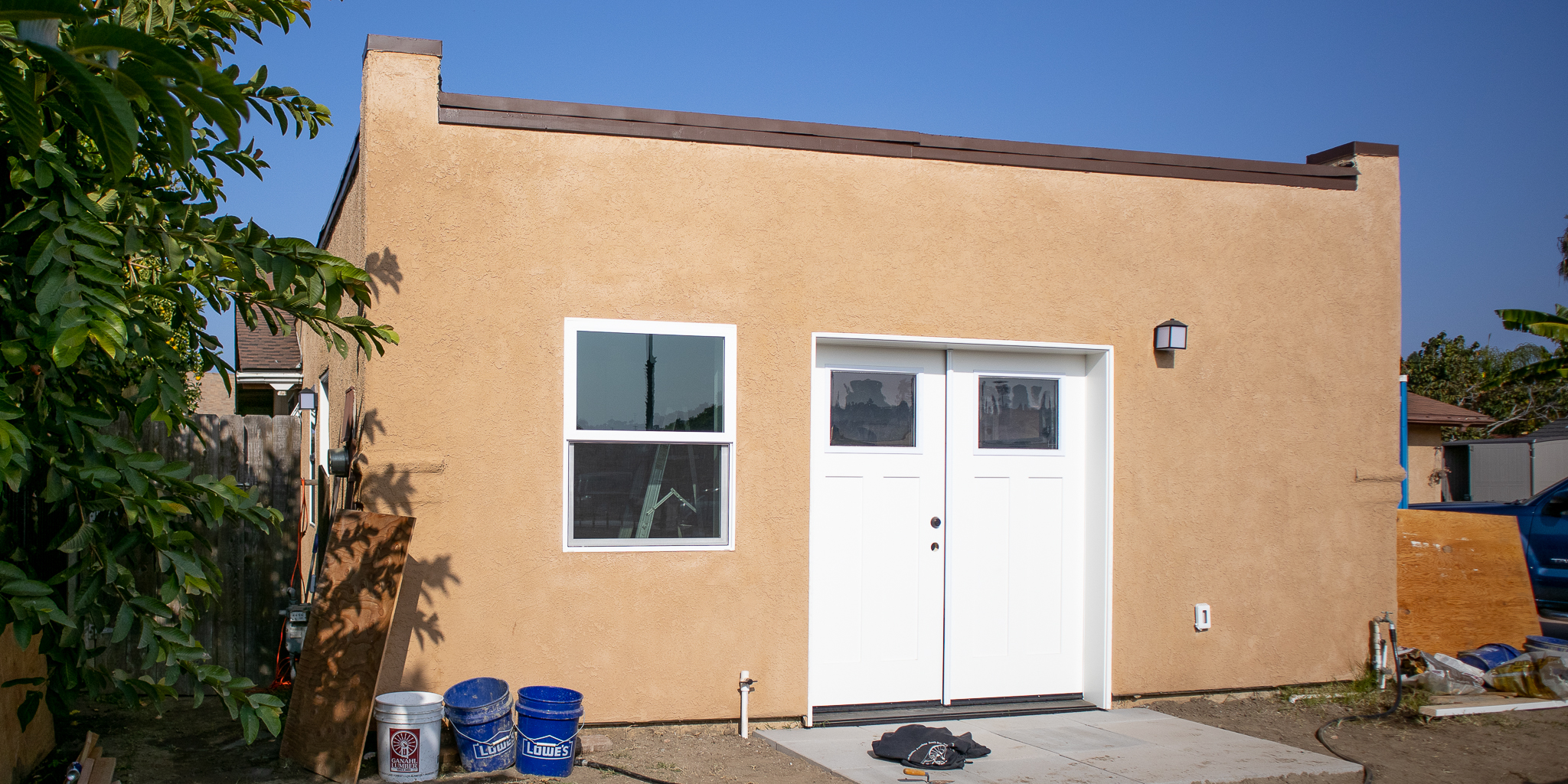Rising home prices linked to rising lumber costs and supply chain disruptions likely to continue
Home prices are expected to rise and this is in part due to increasing lumber prices, supply chain disruption, and too few builders led to all time high home prices further straining the affordable housing market in California. To meet the demand projected in the Regional Housing Needs Allocation for the 2023-2030, many cities are incentivizing affordable housing construction through ADU fee waivers, streamlined permit systems for ADUs, and now, ADU financing through the passage of AB 561.
The volatility in the price of lumber, which saw a massive correction from the 400% price action over a year and half, is expected to continue, despite previous hopes that increases in domestic supply and imports would lower the consumer price. Mid-2020 projections were optimistic, the updated outlook suggests that the price of lumber will continue to climb, perhaps to the peak where lumber futures were trading around $1600 per 1,000 board feet, a stratospheric increase from a decades long average between less than $300.
The fluctuation in the cost of lumber has resulted in many home building projects delayed or postponed, or outright cancelled altogether. The situation was so precarious that the National Association of Home Builders requested intervention in a letter to the President. Price movement fluctuated to a level where contractors couldn’t cover costs for some projects. Snap ADU of Oceanside had to raise prices by 30% to their ADU projects from an average 500 square foot on bedroom coming in at $125,000 pre-pandemic to $170,000. Another contractor who builds homes priced from $250,000 to $1 million doesn’t know material costs until delivery, where once they could project materials costs out a year or more.
ADU in East Palo Alto
Not all of the price increase is pandemic related. The implementation of the 24% tariff on Canadian Soft Wood led to the shut down of several mills decreasing the available supply. It isn’t just material supply and demand that’s squeezing the home market, there are fewer qualified builders available to meet the increasing demand. Some builders are going so far as to slow their sales pipeline because they can’t handle their backlog. And unlike the supply chain and tax issues which may change, this problem is only going to persist because for every 5 builders who are retiring only 1 is replacing them, more than 2 million new builders will be needed over the next three years to meet demand, and demand is also growing as more people are looking to build ADUs for aging parents and children.
AB-561 was written to help homeowners add new housing by improving financing opportunities for affordable housing, and directs the California Treasuring Office to look at the feasibility of affordable housing measures such as providing direct grant or mortgage assistance to purchase affordable housing. The bill would require participating homeowners to rent or lease out any financed ADU built through the program for a minimum of 10 years but protects participants by prohibiting balloon payments.
Find out more about financing and building an ADU here.



